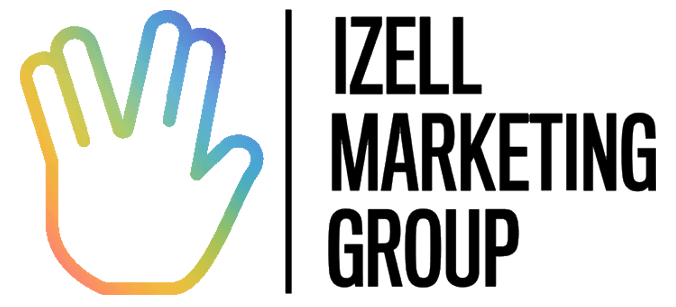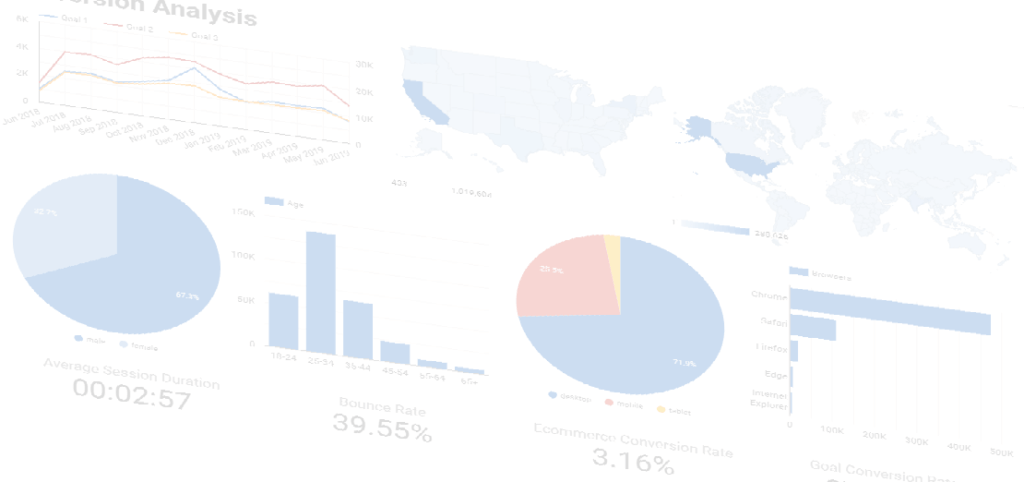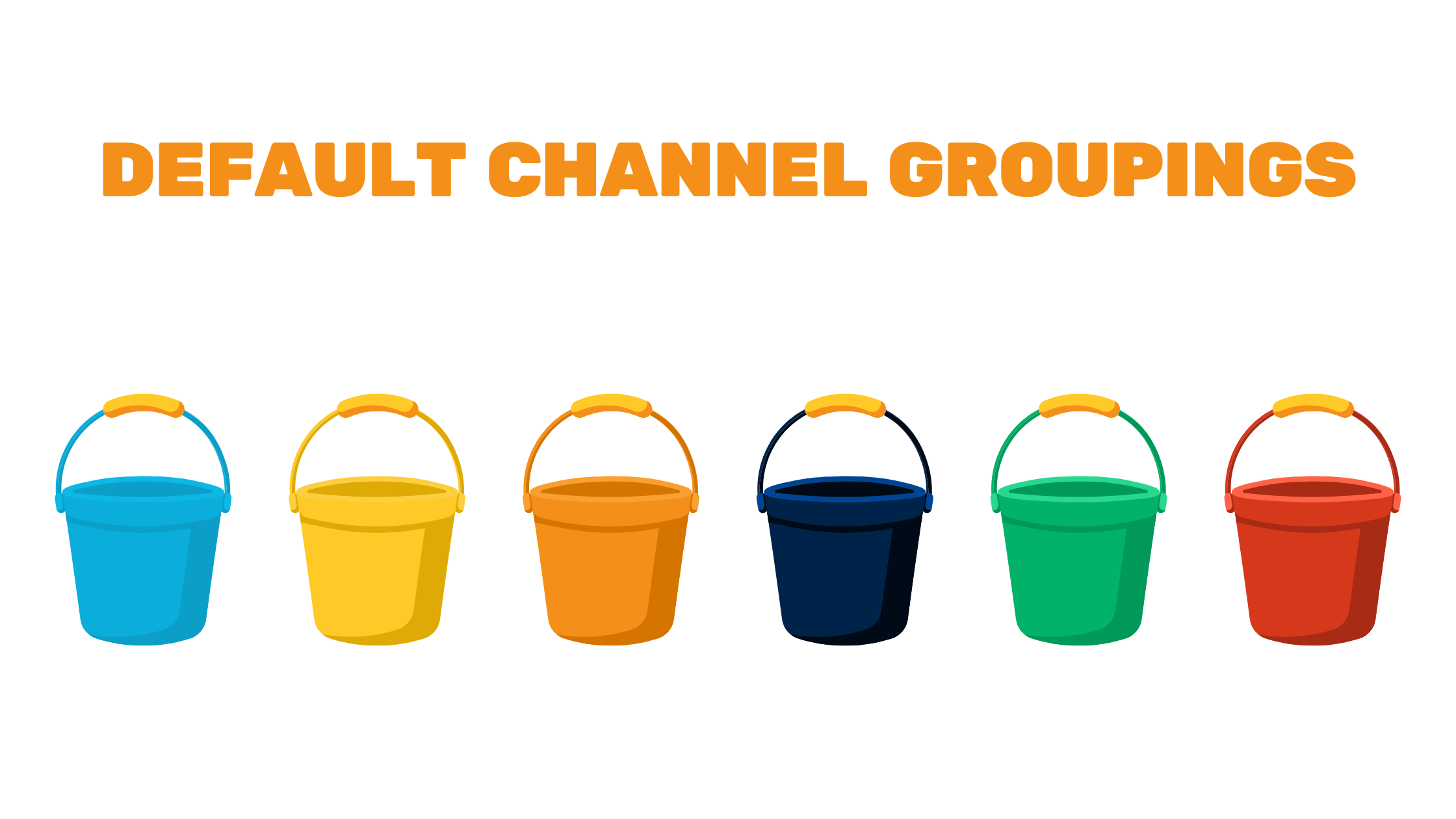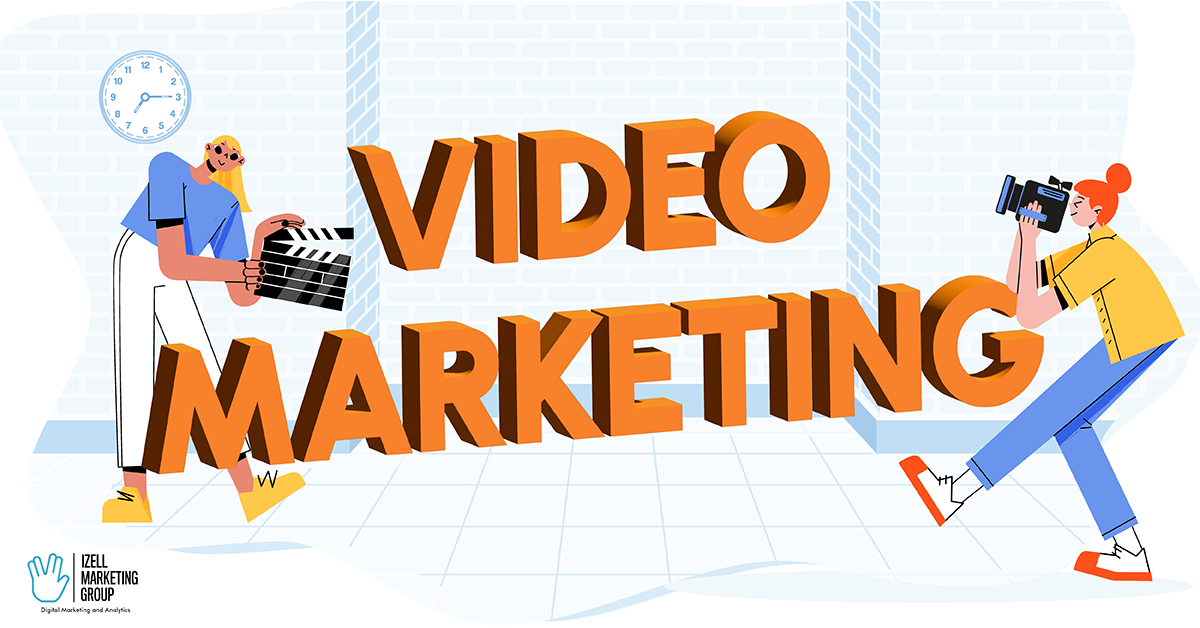Each page on your website should have a purpose. We’ve put together a quick guide to walk you through each consideration for a purposeful webpage with everything it needs to help your website convert.
There are big, huge chapter book guides out there for conversion optimization. For the sake of running your own simple audit, this is not one of those. 5 tabs means 5 checkmarks for each page you audit. Simple, straightforward, and — best of all — free for you.
Audience
The first cornerstone to a website that converts is knowing your audience. You need to know the five Ws of your site visitors. Without a deep understanding of your audience, there’s no way to accomplish the conversion rates you require for profit. Ongoing site testing should teach you more and more about your audience over time, but getting to know your current customers/clients and doing extensive market research in your industry is essential.
- Who They Are
- What They Need
- When They Need
- Where They Are
- Why They Are Here
Hint: You can use Google Analytics Audience data to uncover customer qualities, such as gender, age, location, language, and interest.
The process of discovering your audience is essentially a digital market research project. We typically use the below tools as part of this process:
Free Tools
Paid Tools
Page Layout
Design
Establishing Priority
Who you are and what you do should be immediately apparent, both visually and verbally.
Your main call to action should be above the fold when possible.
Use the header space to convey critical information so that every page can act as a landing page.
Structure
Establish goals for every page. Once you can articulate the exact purpose(s) of a webpage, it’s much easier to effectively structure a webpage.
Example: Let’s say you are designing a product page. The primary goal on this page is for the user to add the product to the cart. However, you might also put a high priority on cross-selling products if your product lines generate lower revenue. In this case, a prominent element displaying “your recently viewed products” or “customers also bought” might add a boost to your average order value and make your website more profitable.
Skim Test
Every page should be skimmable, which means image and text formatting should always be done in such a way that all important information can be absorbed quickly. Key phrases and pieces of information should be bolded and/or formatted as lists rather than camouflaged in a block of text. Images should represent the essential message of the text and should provide comfortable HTML margins for the text to make it more readable on desktop and tablet devices.
Language
Tone
Tone should match your relationship to your audience. The more serious the service or product you offer, the more serious your tone can be. If there is a big hurdle of trust to overcome with the audience, you want to speak as authoritatively as possible. Usually this means you should take the time to do the research on everything you present as fact on your website. Don’t write conjecture — your audience is smart enough to pick out half-truths or questionable content.
Style
Similar to tone, your style should match your relationship to your audience. With most B2C stores, there is room to be more creative in your style. Depending on the nature of your products or services, you can gauge how silly, witty, or generic you need to be.
Example: If you sell primarily to a younger audience, it may be appropriate to make younger cultural references or use the younger generations’ colloquialisms and slang.
Diction
The main focus when it comes to diction should be readability. Be sure to use a tool on your site content to ensure that the reading level is appropriate for your audience. If you use WordPress, the Yoast plugin provides a readability assessment on every page or post you write. Even with more technical concepts, appealing to the lowest readability level while still effectively conveying technical information is essential to quality content that the largest possible majority of your audience can find useful. If you find that your content does not score well with a readability tool, consider revisiting your chosen writing style and word choices.
Calls to Action
Establishing Priority
Usually each page on a business website exists in order to guide the user to complete an action. For a homepage, it’s often to guide them to categories on the website. For categories, it’s to guide them toward a product or service. On a product page, it’s to guide the user to add to cart. We call this “the conversion funnel.” Each step toward the end goal is part of the funnel, and each step is usually represented by a singular page.
The primary CTA on each page should be very clear both to you and to the user. Sometimes a page can have tertiary CTAs. The goal is to present these as options but not allow them to detract from the main funnel.
Style, Color & Size
Your primary tools in presenting a CTA either as primary or secondary is using style, color, and size.
The style of a CTA can come in the form of a button, a text link, or an image. Primary CTAs are usually buttons, while tertiary CTAs can be simple hyperlinked text or images displayed as optional paths to click.
The color for CTAs should remain consistent throughout the website for clarity. If you choose orange to be your primary conversion funnel color, that means each button leading to the final goal should be orange. This provides a visual cue to the user as they step through the funnel.
If your primary CTA color is muted due to design decisions, you could also use the size of your CTA to emphasize its importance. A larger button rather than a color-popping button can give equal clarity to the user about where to go next.
Trust
Trust Language
Trust language gives a user some scope of your expertise. Oftentimes, it involves using numbers either to rank your business qualification or to show the scope of your business.
You’ll want to use trust language on the homepage and at various stages of the conversion funnel in order to compel the user to follow down the path.
Examples include:
- “30 years of trusted service”
- “Over 100,000 satisfied customers”
- “Get the lowest price or get your money back”
- “Ranked #3 New Business in 2019 by Forbes”
Trust Elements
Trust elements are images that help garner trust from your audience.
Examples include:
- Credit cards accepted
- Secure checkout badges
- Secure site seal badges (McAfee, Authorize.net. etc.)
- Any associations with which your company is affiliated
- List of publication brands where you’ve been featured (e.g. Forbes, Business Insider, etc.)
- Certifications or awards




